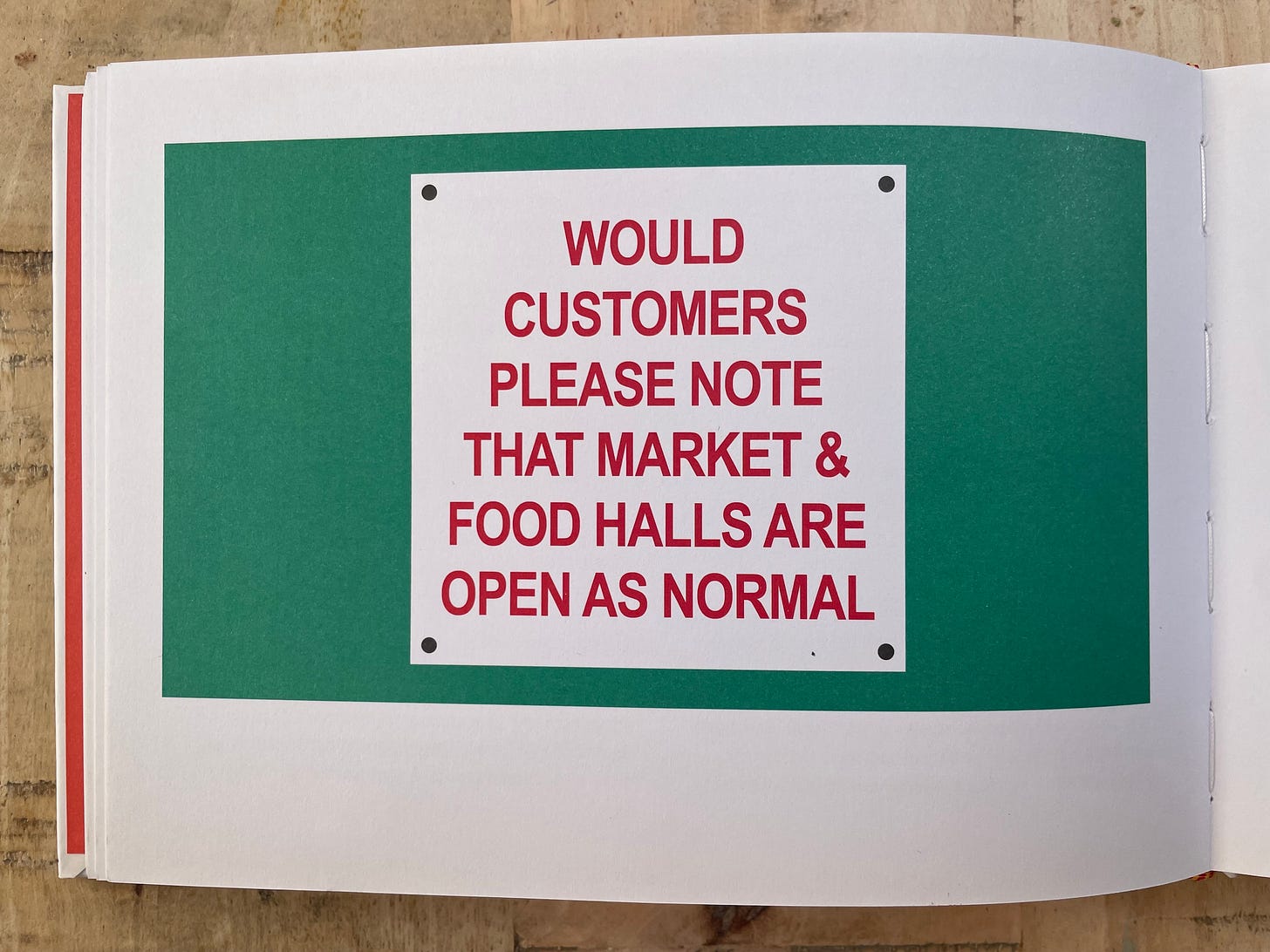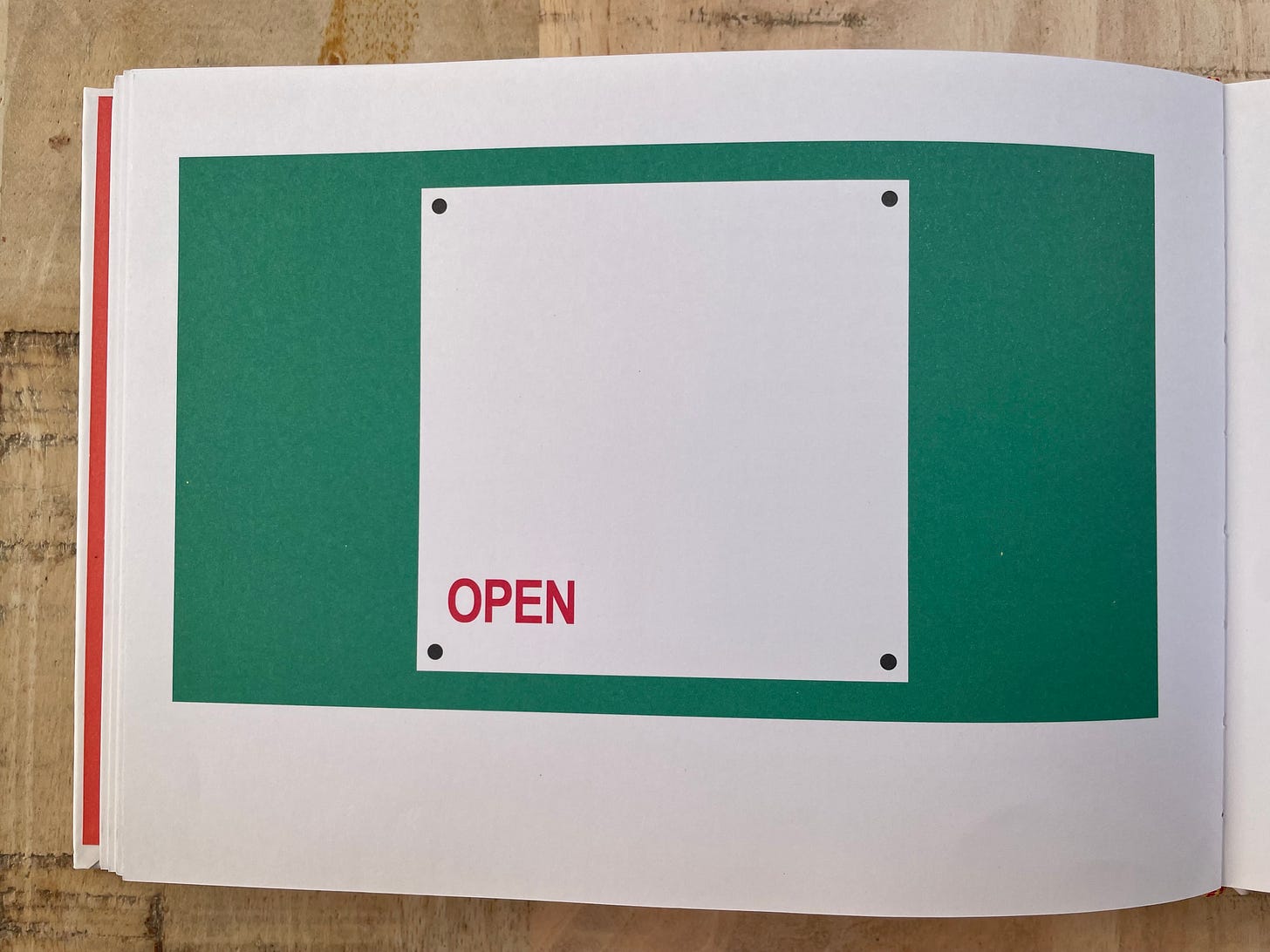Writing is rewriting
A personal sob story, our fear of being misunderstood, and why we must resist all temptation to over explain.
I’m writing a mini-series (a series within a series, if you will). It’s on these three stages of writing.
If you want to catch up on the previous two, you can read Writing is Energy here, and AFDAC here.
Prepare yourself for a sob story. My sob story.
The best thing I can say about it is it taught me a very valuable lesson.
Back when I was consulting, The Mayor of London’s office commissioned me to carry out a piece of work.
It was to produce a report on the impact Covid had on flexible workspaces in London.
It was a big gig for me to get and I was thrilled for the work. I didn’t want to screw it up or miss anything. So I did a profound amount of research, including 13 interviews, 6 surveys and 3 in-depth case studies - all spanning an 18 month period!
The moment finally arrived to write up the report.
Every time I saw an interesting perspective or bit of data I thought - I can’t possibly leave this out.
So I finished the report, had the graphic designer work her magic, et voila, the report was published by the Mayor of London’s office, and…
Crickets.
I was expecting a wave of responses - people either agreeing or disagreeing with my concluding recommendations. But there was nothing. Not even contempt.
Turns out, I had made it so long and so dense that it was almost impossible to engage with.
Now there’s a caveat of course. I was writing this on behalf of an institution. I did have certain obligations.
But still, I now know in my heart of hearts what happened.
When writing it, I told myself I had a responsibility to include all the stories and data.
The truth? I was doing it to protect myself.
I was so worried about being misunderstood, by not colouring in the nuance, by not adequately representing each story, that the whole thing was totally overwrought.
And sadly I fell into this trap:
In saying too much, you end up saying nothing at all.
Damn.
So how do you avoid this?
Well, first off delete anything that slows the pace down.
Anna Handley puts it like this:
‘Eliminate selfish sentences. Make each sentence earn its keep. The life goal for any sentence is to pass the baton to the next sentence - not stop the flow.’
You need to constantly reward to the reader for hanging on in there.
So when you re-read your work, ask yourself, ‘does this race along?’ Does one sentence flow into the next?
If you get a hunch a reader will skip something, then be ruthless. Kick it to the curb!
This helps keep the reader engaged.
But just as important, it helps your point come into focus.
Writing is not like painting where you add. It is not what you put on the canvas that the reader sees. Writing is more like a sculpture where you remove, you eliminate in order to make the work visible.
Elie Wiesel
This is damn hard, because we tend to form an emotional attachment to everything we’ve written.
I use a couple of tactics that help me practise non-attachment.
TACTIC 1: GIVE IT BREATHING SPACE
Leave whatever you’ve written, and come back to it. At least 3 or 4 times.
Often you leave the words as a soft sentimentalist, but you return as an ice cold killer.
TACTIC 2: CUT 20%
I got this golden advice from Josh Spector. He recommends you use this as a fixed rule.
20% you say!! Whaaaat!
Well, I love you dearly but I’m afraid to say he’s right. At least 20% of what you write will be fluff.
Cutting the fluff: a copywriting example
Cutting is important for content writing but VERY important for copywriting.
Take a look at this sign…
Mmmm.
There are a lot of words that don’t earn their keep.
How about this…
Much better.
‘Would customers please note’...this is entirely useless.
‘Open as normal’...what’s an abnormal opening?
[Snaps taken from the brilliant ‘Everything I know about life I learned from Power Point’ by Russel Davies]
The importance of what you don’t say
The below advert for baby shoes is one of the best examples of concise copy I’ve come across.
(Some people say Hemmingway wrote this, after boasting in a bar that he could write a story with just 6 words. I was slightly disappointed to find out recently that’s urban myth!).
It’s magic because it breaks your heart and does so in so few words.
But the real genius is this: in leaving things unsaid, it invites your imagination to go to work.
This is exactly what happens in comic books.
Scott McCloud wrote a book about this called Understanding Comics, where he explains that the reason comic books work is because things happen between the panels.
For example:
> In panel one, Superman sees a problem.
> In panel two, Superman is with the villain.
You don’t see how Superman got from panel one to panel two. That happened in your brain.
You are being invited into a sort of two way dialogue, where your imagination needs to play a role, and you are actively participating.
In the same way the best writing invites the reader to participate.
You leave room for them to fill in the blanks. And that way it’s not you talking at someone. You’re in the dance together.
Cutting takes courage because we so desperately want to make sure people have understood us. But if we want to be clear and if we want to keep the reader engaged - we must be ruthless!
See you next week,
Jamie







